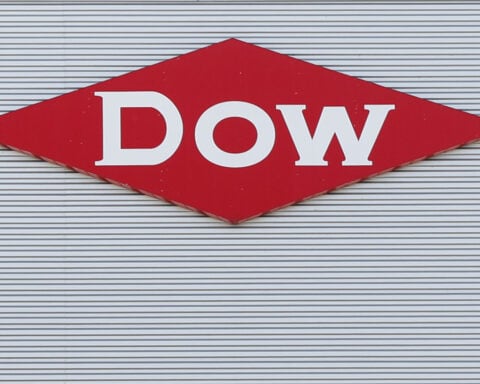By Mark John
(Reuters) - Rising tensions in the Middle East add new uncertainties for the global economy even as policymakers start to congratulate themselves on having steered it out of a bout of high inflation without triggering recession.
Israel, which has been fighting with Hamas in Gaza for almost a year, has sent its troops into southern Lebanon after two weeks of intense airstrikes, escalating the conflict in the Middle East.
The following sketches what we know about how this could play out on the world economy in the weeks ahead.
WHAT IMPACT, IF ANY, HAS BEEN FELT SO FAR?
Very little beyond the immediate region, with the main effects limited to financial markets as investors hedge their portfolios with safe-haven assets. The U.S. dollar has been a beneficiary since Iran's ballistic missile attack on Israel: the dollar index, which measures the U.S. currency against the euro, yen and four other top currencies, is trading around three-week peaks.
Oil prices rose around 2% on Thursday on concerns a wider conflict could disrupt crude oil flows from the region - for example if Israel chose to target Iranian oil infrastructure which in turn could trigger retaliation from Iran.
But it is not clear that this will translate into the kind of sustained, sharper rises that motorists start to notice at the fuel pump. Analysts point out that the United States has high levels of crude oil inventories while OPEC producing nations have enough spare capacity to smooth out the impact of disruptions, at least in the short term.
HOW ARE ECONOMIC POLICYMAKERS REACTING?
As always, central bankers stress that their job is to look beyond unpredictable, one-off shocks to the economy and instead focus on the deeper, underlying trends. But they cannot afford to totally ignore geopolitical events either.
Bank of England Governor Andrew Bailey told The Guardian newspaper that the bank could move more aggressively to cut interest rates if inflation pressures continue to weaken - suggesting central bankers for now did not see the Middle East conflict as a major threat to their attempts to temper inflation. Bailey said there seemed to be a commitment to keep oil markets stable but he also said the conflict could yet push up oil prices if things keep escalating.
Sweden's Riksbank Deputy Governor Per Jansson delivered a similar message, saying the effects of the Middle East conflict were not yet enough to warrant scratching economic forecasts.
The International Monetary Fund said on Thursday an escalation of the conflict in the Middle East could have significant economic ramifications for the region and the global economy, but commodity prices remain below the highs of the past year. It was too early to predict specific impacts on the global economy, IMF spokesperson Julie Kozack said.
WHEN WILL ANY IMPACT BECOME MORE EVIDENT?
For context, Brent crude futures are currently around $75 a barrel, well below their $84 level at the time of Hamas' Oct. 7 strike on Israel nearly a year ago and far off the $130 highs reached after Russia's invasion of Ukraine in February 2022.
Europe would be exposed to rising oil prices because, unlike the United States, it has no major domestic oil production. But even there, policymakers estimate a durable 10% rise in prices would be needed to push up inflation by just 0.1 percentage point.
The economic impacts of an all-out war that led to wider attacks on energy infrastructure throughout the Middle East and Gulf regions plus further disruptions to trade routes through the Red Sea, would be more tangible.
Oxford Economics estimated such a scenario would spike oil prices up to $130 and knock 0.4 percentage points off global output growth next year, which the International Monetary Fund currently sees at around 3.3%.
(This story has been corrected to change the year to 2022, not 2023, in paragraph 14)
(Writing and reporting by Mark John in London; Additional reporting by David Lawder in Washington; Editing by Susan Fenton)

 Trump has begun another trade war. Here's a timeline of how we got here
Trump has begun another trade war. Here's a timeline of how we got here
 Canada's leader laments lost friendship with US in town that sheltered stranded Americans after 9/11
Canada's leader laments lost friendship with US in town that sheltered stranded Americans after 9/11
 Chinese EV giant BYD's fourth-quarter profit leaps 73%
Chinese EV giant BYD's fourth-quarter profit leaps 73%
 You're an American in another land? Prepare to talk about the why and how of Trump 2.0
You're an American in another land? Prepare to talk about the why and how of Trump 2.0
 Chalk talk: Star power, top teams and No. 5 seeds headline the women's March Madness Sweet 16
Chalk talk: Star power, top teams and No. 5 seeds headline the women's March Madness Sweet 16
 Purdue returns to Sweet 16 with 76-62 win over McNeese in March Madness
Purdue returns to Sweet 16 with 76-62 win over McNeese in March Madness








